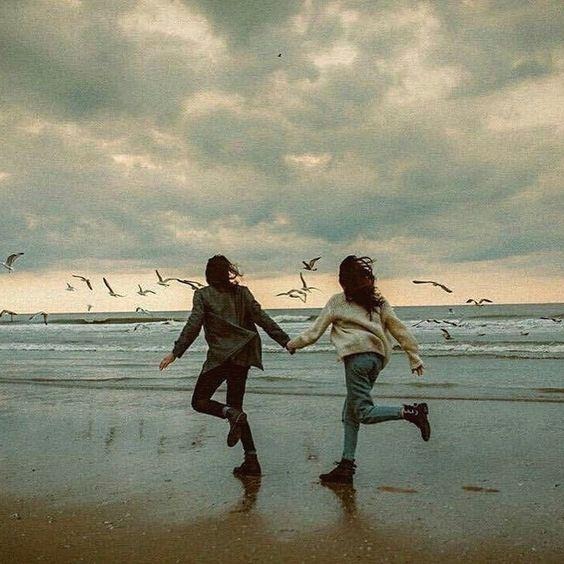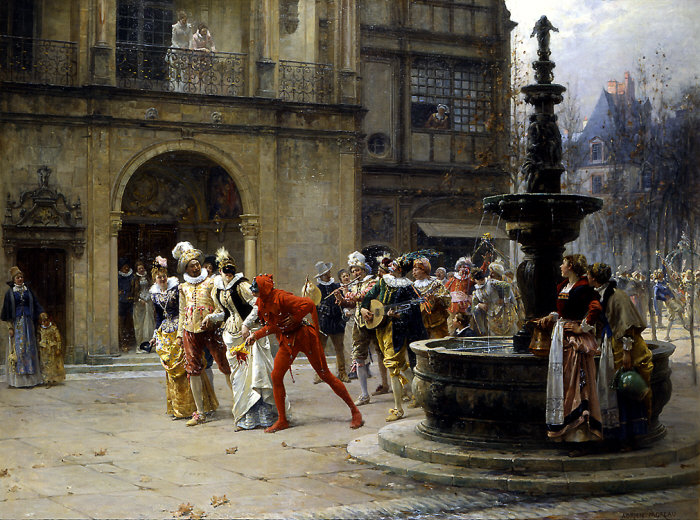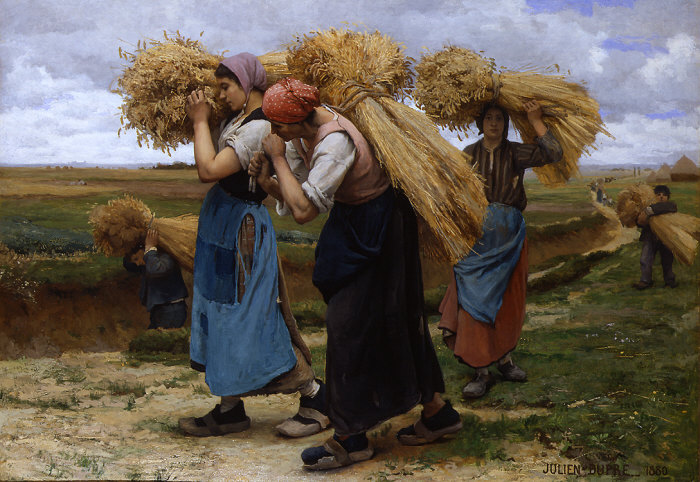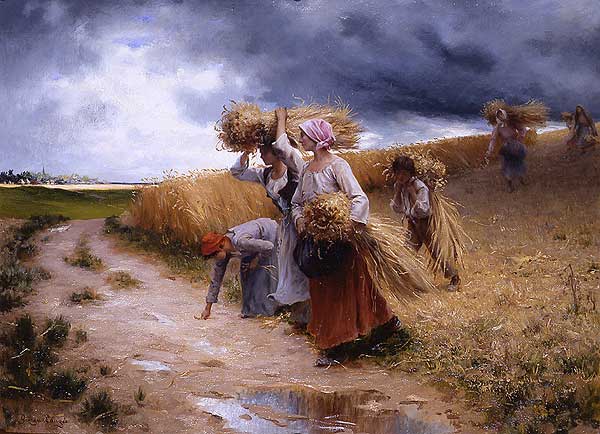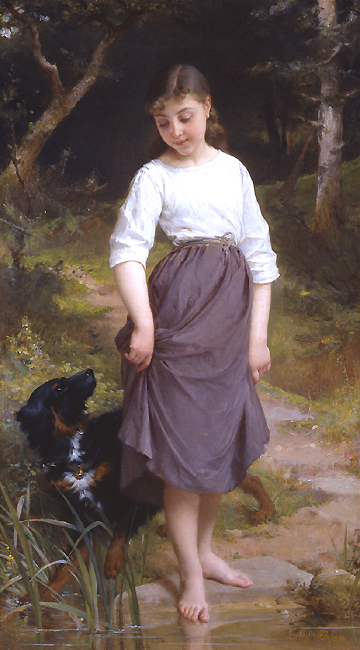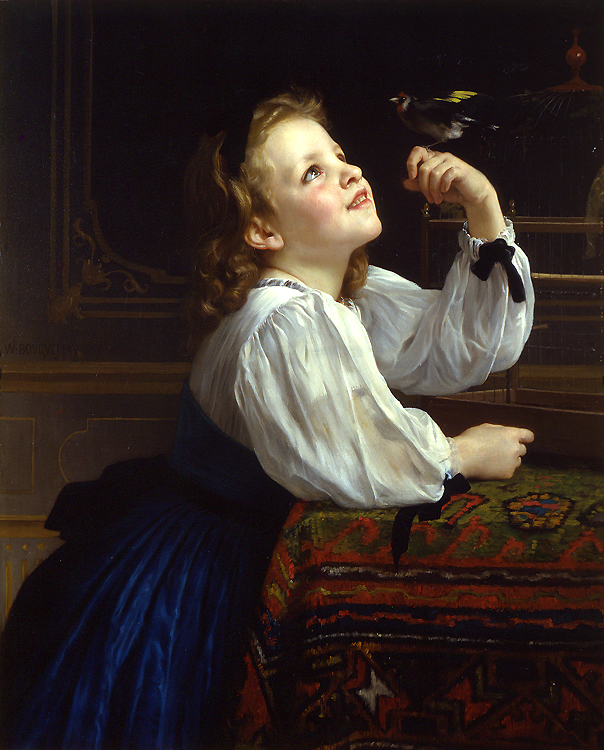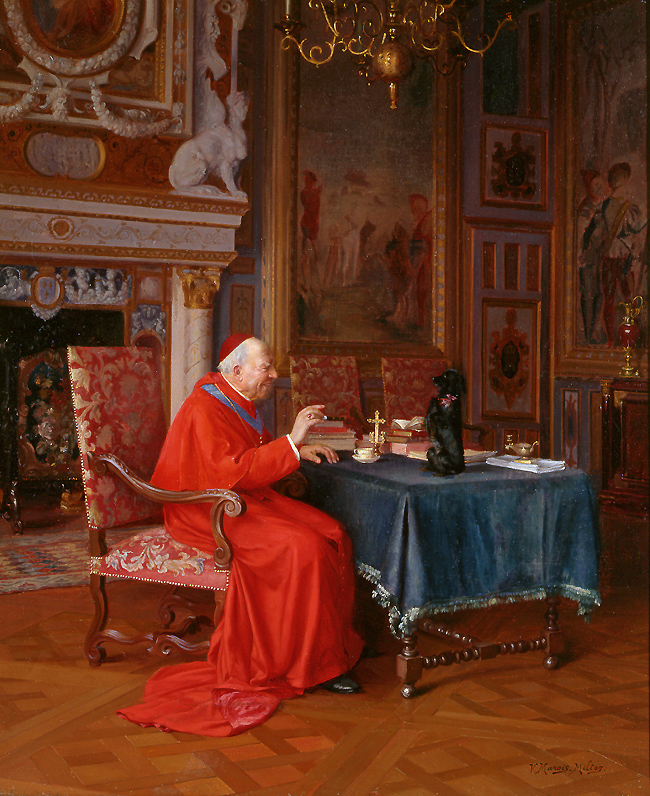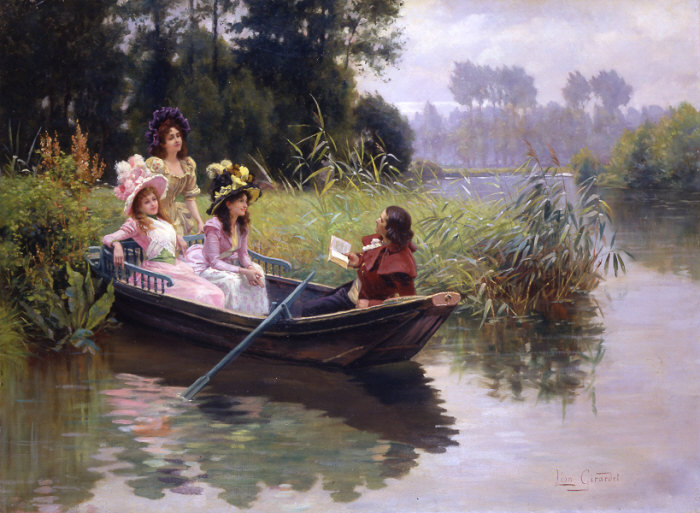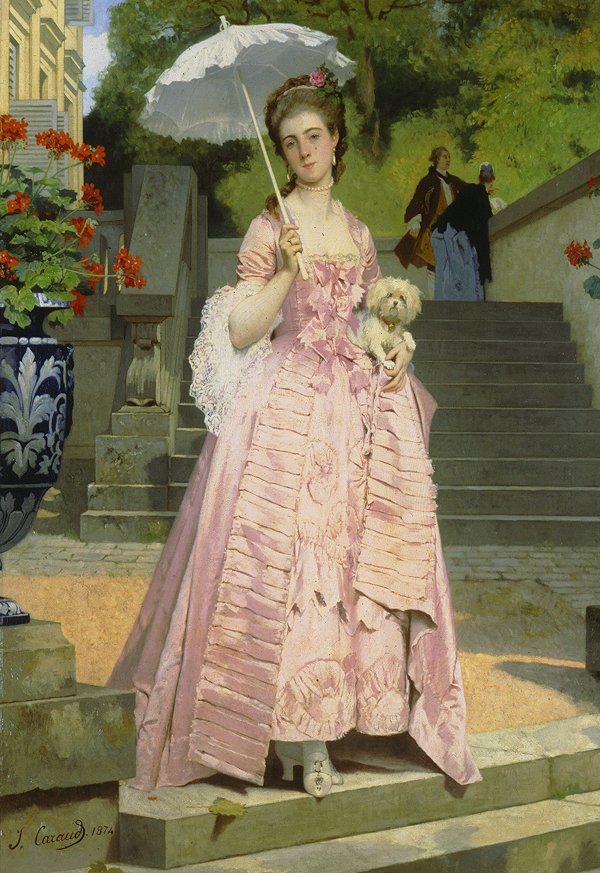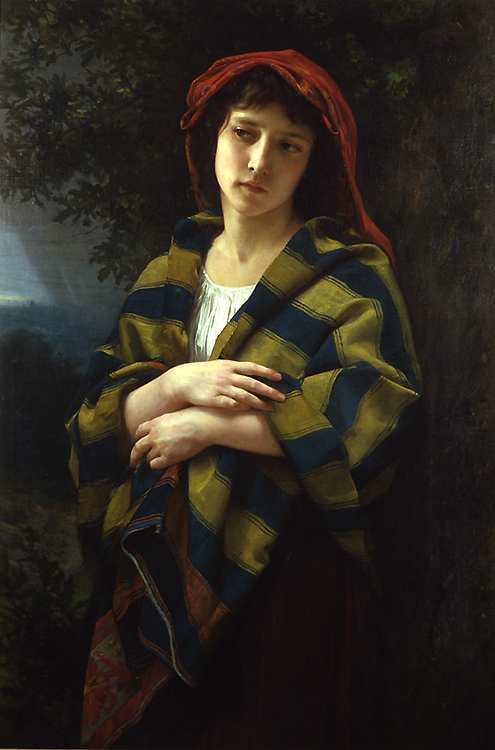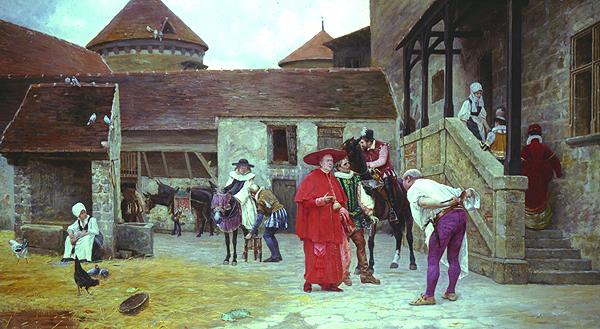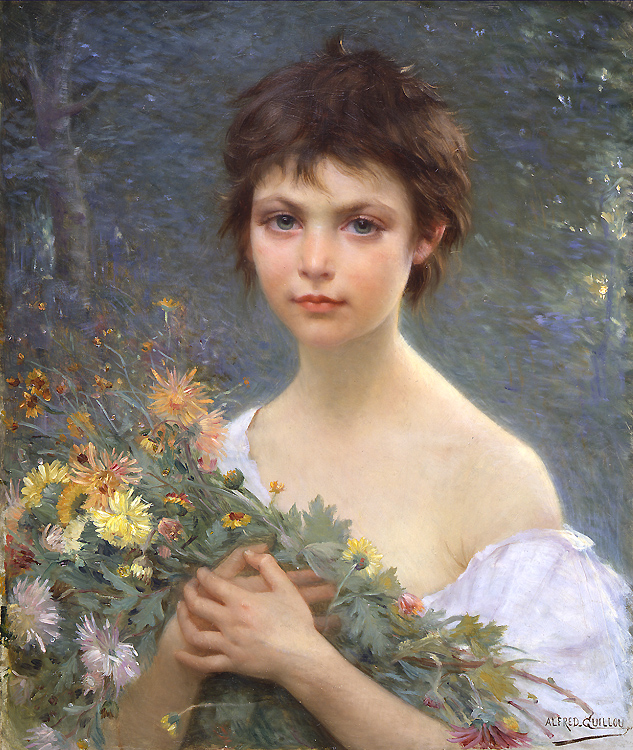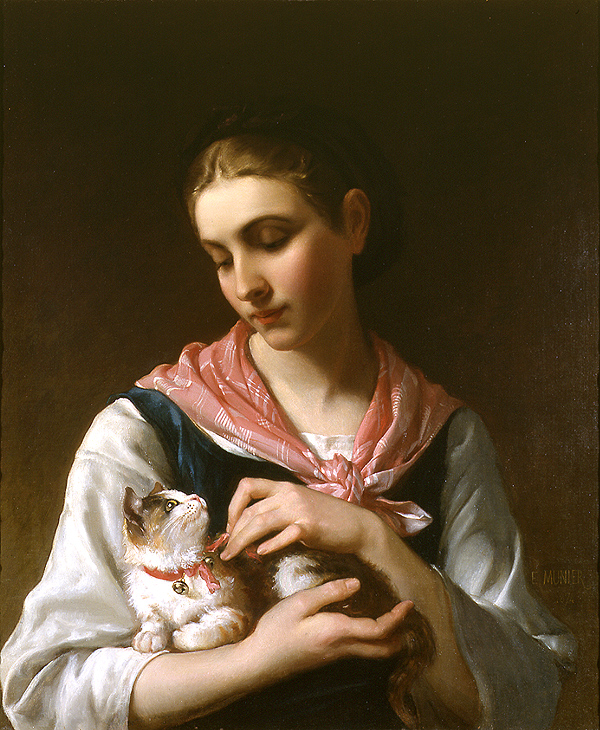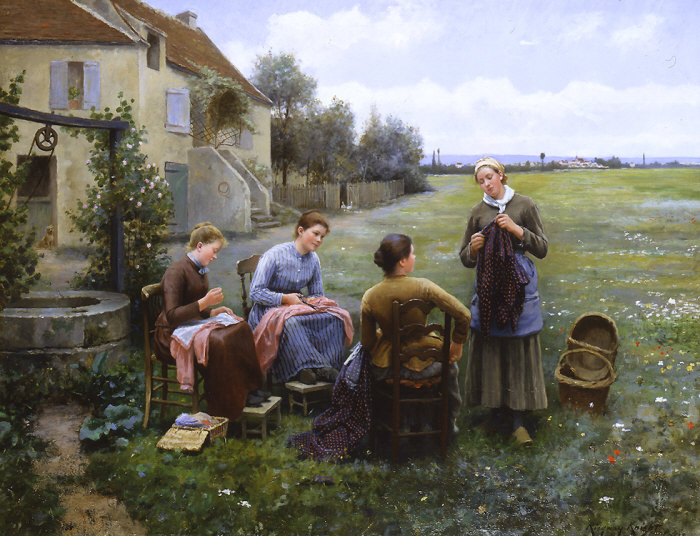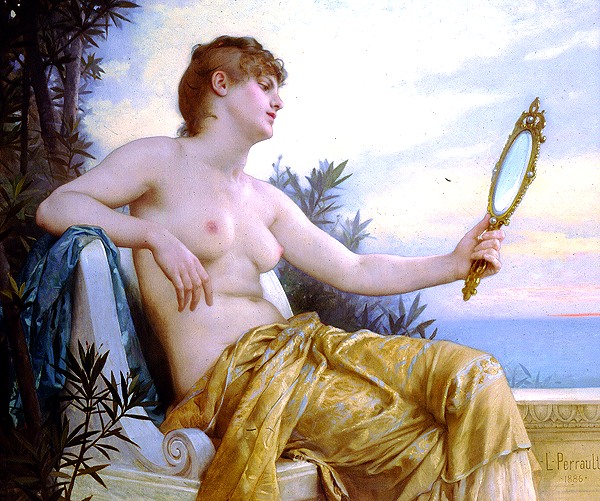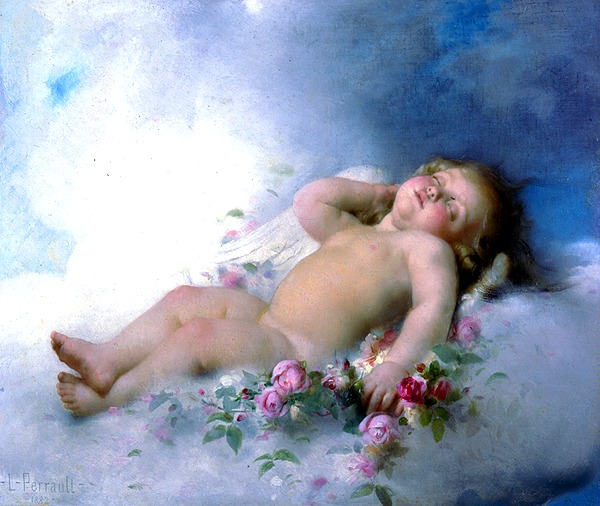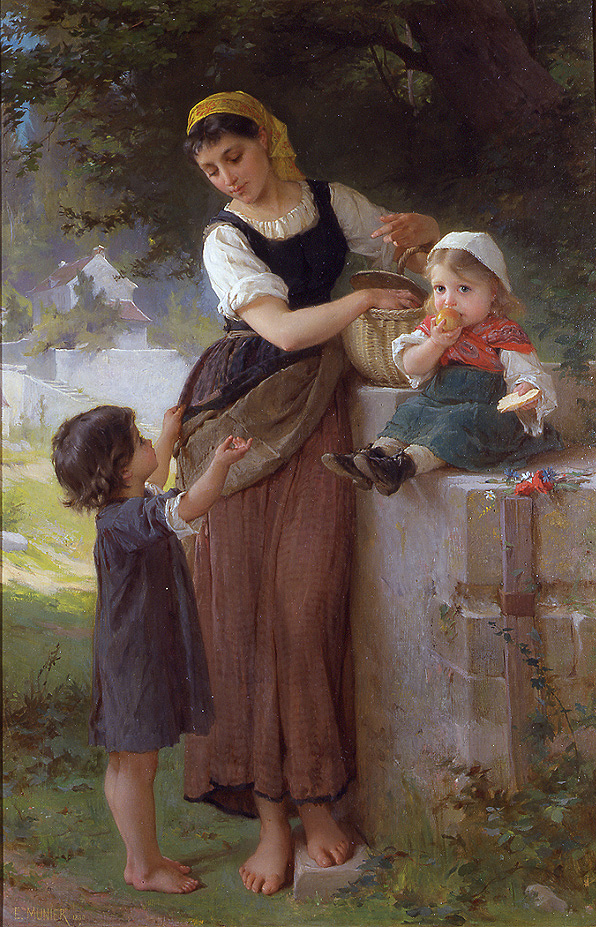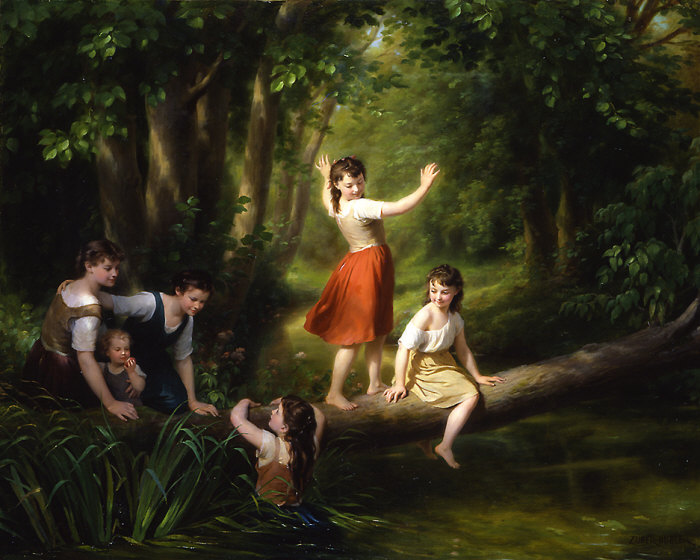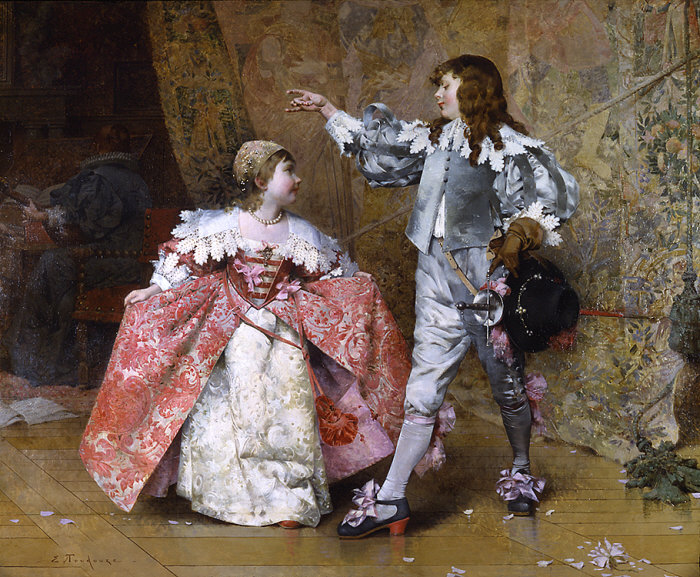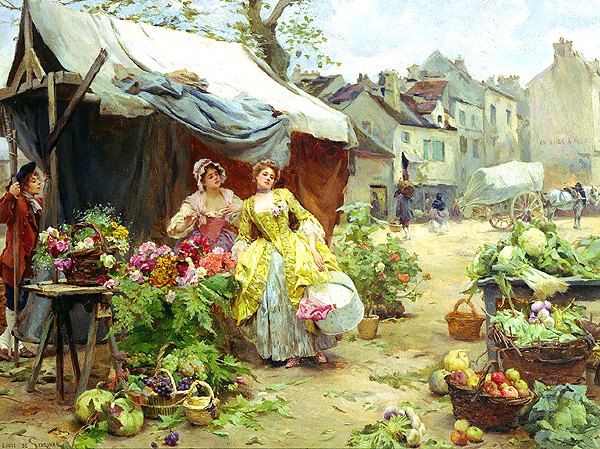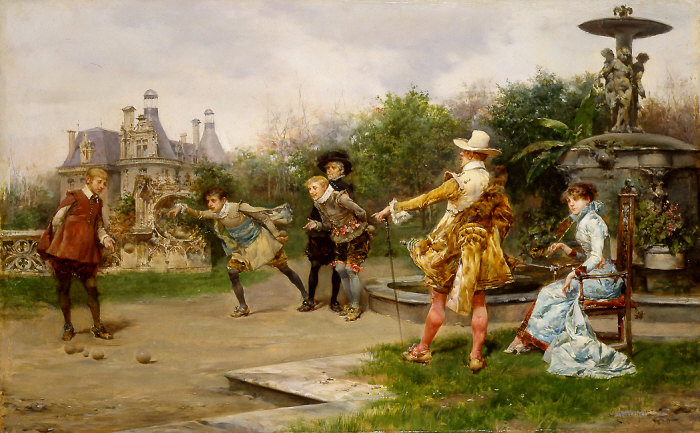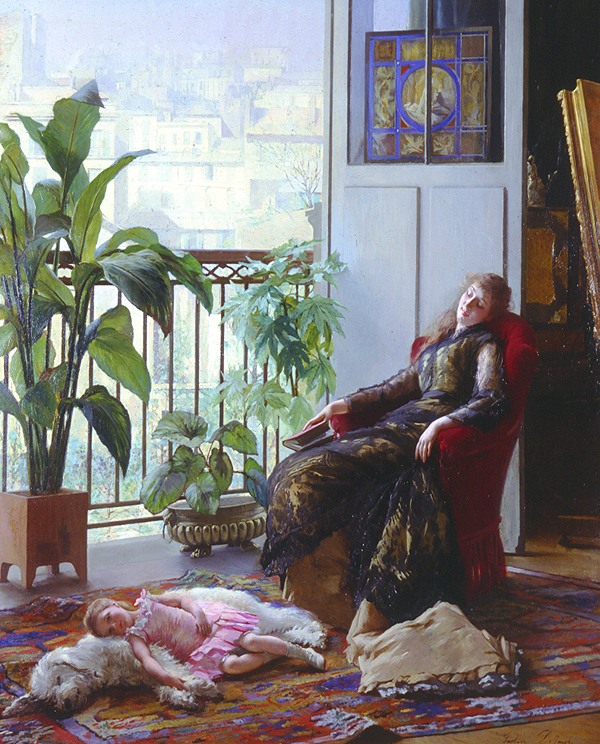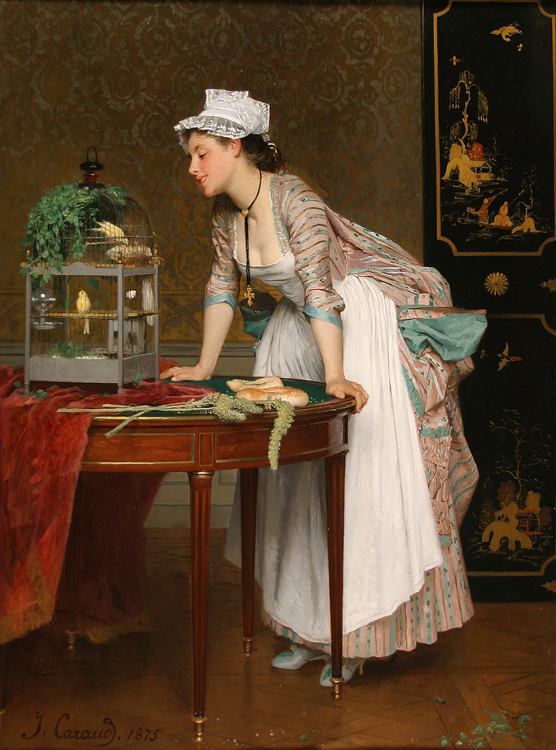|
The 19th century saw a great change in the art world. Until mid
century, art schools throughout the world, taught the academic traditions - with
an emphasis on drawing and the human figure. Artist's learned to paint by
studying the early and modern masters, perfecting their technical abilities in
the hopes of one-day entering one of the great ateliers.
In 1863, the
minister of fine arts in Paris, Comte Emilien de Nieuwerkerke, implemented
radical reforms that would not only create a great division at the Salon, but
would also turn l'Ecole des Beaux Arts into the most important art school in the
Western world. With these sweeping changes, artists from America, Germany,
Spain, etc. flocked to Paris to study with her artists and attempted to earn
admission into l'Ecole. Soon Paris became what London had always been -
the hub of artistic activity.
The Salon of 1863 became a battleground
between the old and the new. A number of changes for entry into the Salon were
made that year - most importantly the fact that artists winning 1st and 2nd
class medals at previous Salons did not have to submit their works to the
"Jury". The selection committee, or "Jury" as they were known, was comprised of
14 members - a small number of governmental appointees and the balance were
exhibiting artists. The artists who sat on the jury were those who had won
medals at the previous exhibitions and they became a powerful group - among them
were Bouguereau, Henner, Cabanel, Gerome and Ernest Meissonier.
Over
5000 works were submitted for exhibition and the 'Jury' selected only 2217 from
988 artists (the previous exhibit featured works from 1289 artists). Among the
artists that were not selected were a number of previous prize winners as well
as Manet, Legros, Cals, Vollon and some of the Barbizon painters. There were
many complaints and over the next few days' word reached Napoleon III. on April
20th, 1863 he decided to see for himself and traveled to the Palais de
l'Industrie (the building on the Champs-Élysées where the Salon was held) to see
the rejected works. He agreed that the jury had been too harsh and in a bold
move decreed that he would allow the public to judge for themselves. In a
separate area in the Palais de l'Industrie another exhibition was set up - the
now famous Salon des Refusés.
The Salon des Refusés was a voluntary
exhibition open to those artists whose works were rejected by the jury of the
Salon. A catalog was printed and it opened on May 15. The problem with the
exhibit was that there were many good, as well as bad paintings on display.
Among the more important painters who chose to show their works were
Berne-Bellecoure, Cazin, Harpignies, Cals, Pissarro, Fantin-Latour and Whistler.
Attendance was enormous, though most of the attendees came to gawk and sneer at
many of the works on display - it was said that some 7000 people attended the
show in its first few hours. This exhibit was an important step in creating
changes not only at the Salon (which were temporary), but in the generally
accepted course of study - allowing many new artists to expand on traditional
thinking.
Through all these changes, one thing still remained constant in
the minds of the Salon painters - the need for strict academic training. The
following exhibition features 14 works by 11 artists who were all great
supporters of these academic traditions. Included are works by William A.
Bouguereau (considered one of the most influential academic artists of the
period), Joseph Caraud, Charles E. Delort, Alfred Guillou, Gustave DeJonghe,
Daniel Ridgway Knight, Emile Munier, Leon Perrault, Louis M. de Schryver,
Edouard Toudouze and Fritz Zuber-Buhler. Each of these artists, exhibited at the
Paris Salon throughout his career and some were among the most outspoken of
their time. They all studied in the academic tradition and believed that the key
element to becoming a successful artist was one's ability to create a natural
and realistic figure - something they all excelled
in. |
